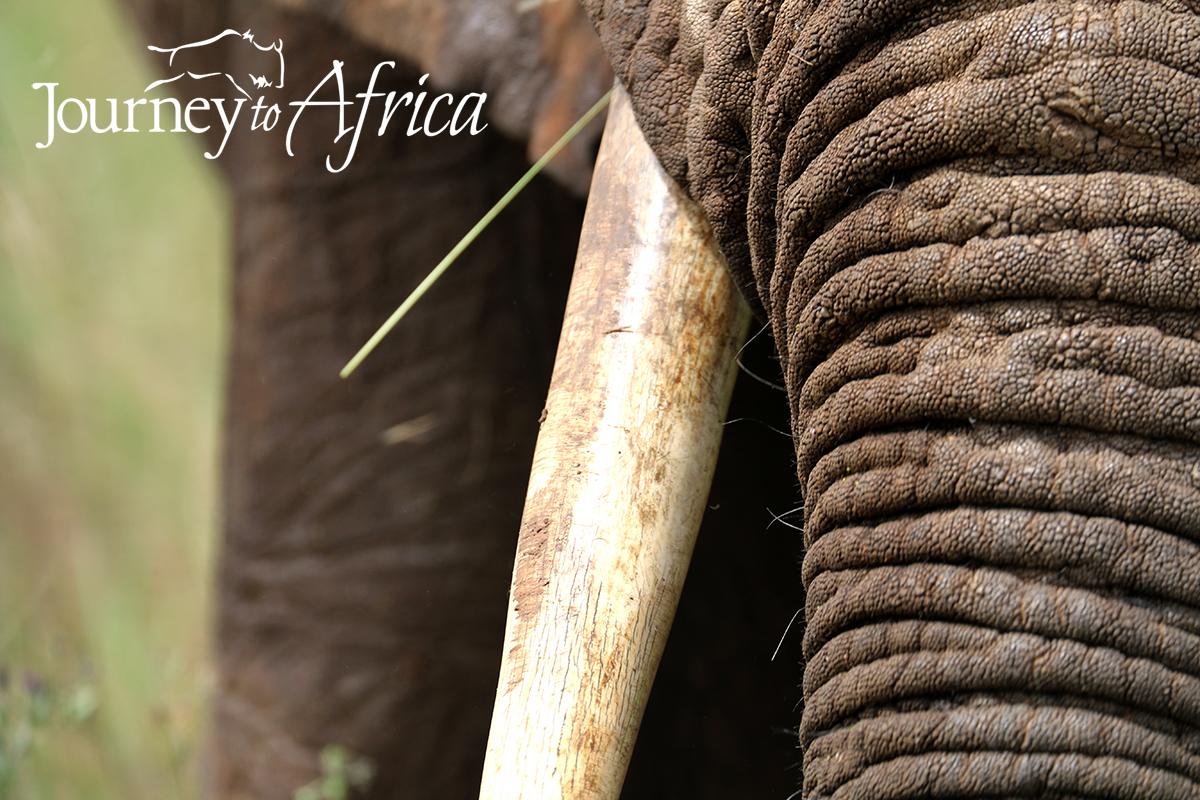Before I Safari, I told myself ... do not use the automatic mode on your Canon 80D camera that I bought specifically for the Safari. Gulp!
Yup, me the hobbyist photographer took a leap after hearing how I should learn to use the camera from uber-guide / friend Paul Oliver on my Natron Safari and Ruaha's hot chilly loving Italian guide Lorenzo. I practiced at home on my kids. I made them twirl and jump so I can figure out the F stop, ISO, Aperture, etc. Still learning.
And off I went on Safari and set my Canon camera on manual. I cheated a few times but stuck with manual most of the time. While shooting with my camera, I realized this is fun and not as intimidating as it sounds. I would try a few different setting until I liked what I saw. I have upgraded myself to an amateur photographer, I think.
Here's are some of the results of Journey To Africa Photography. Ahem!
This leopard was lying on the tree in a distance. I had my Canon 70-300 mm L zoom with me and had the picture cropped so the leopard could be in focus. My pro friends would have likes the Canon 100-400 mm.
Okay, I love this picture. This march of the elephants was such a glorious moment for me. The golden hour light and the closeness of these giants was just magical.
This is a Bateleur Eagle with it's eye lids closed. A bit different don't you think? During the day time I mostly kept with ISO 200-400 and played with F stop. Birds! Even trickier to capture.
The details on the elephant truck just get me. The truck has around 40,000 muscles and has such an important function. And you can see the blade of grass.
The jackal is my husband's favorite animal. They are so beautiful. On the food chain, they lurk around large predators and feed off their hunting work and compete with hyenas.
I can see the whiskers. When I admire professional photographers work, I am always amazed at the details they capture. I was happy to see whiskers where clearly defined. The little things.
Here is my reason for nudging you - if I can do it, you can too - especially if you like photographs and like to play a little with your camera. Turn the dial and enjoy clicking away.
Camera Tip:
Play with your camera before you head out on Safari. Practice at home, read the manual, learn the controls and then come back with amazing photographs to share.
Not into photography and rather just enjoy the experience, good for you. You sound like Sally, my client-friend who lost her pictures in Ruaha [she accidentally formatted her memory card - oh my] but was so zen-like and got over the memory loss.
Take your camera out for a spin on Safari.












